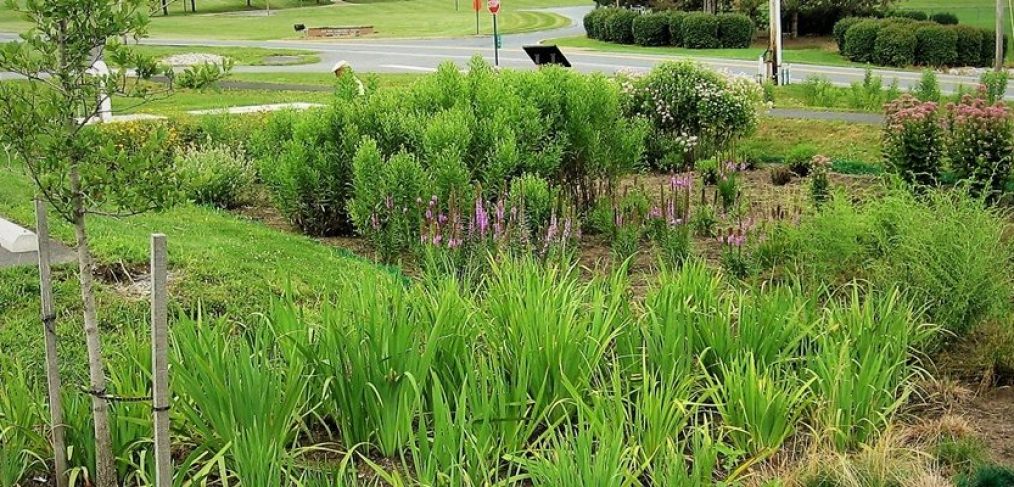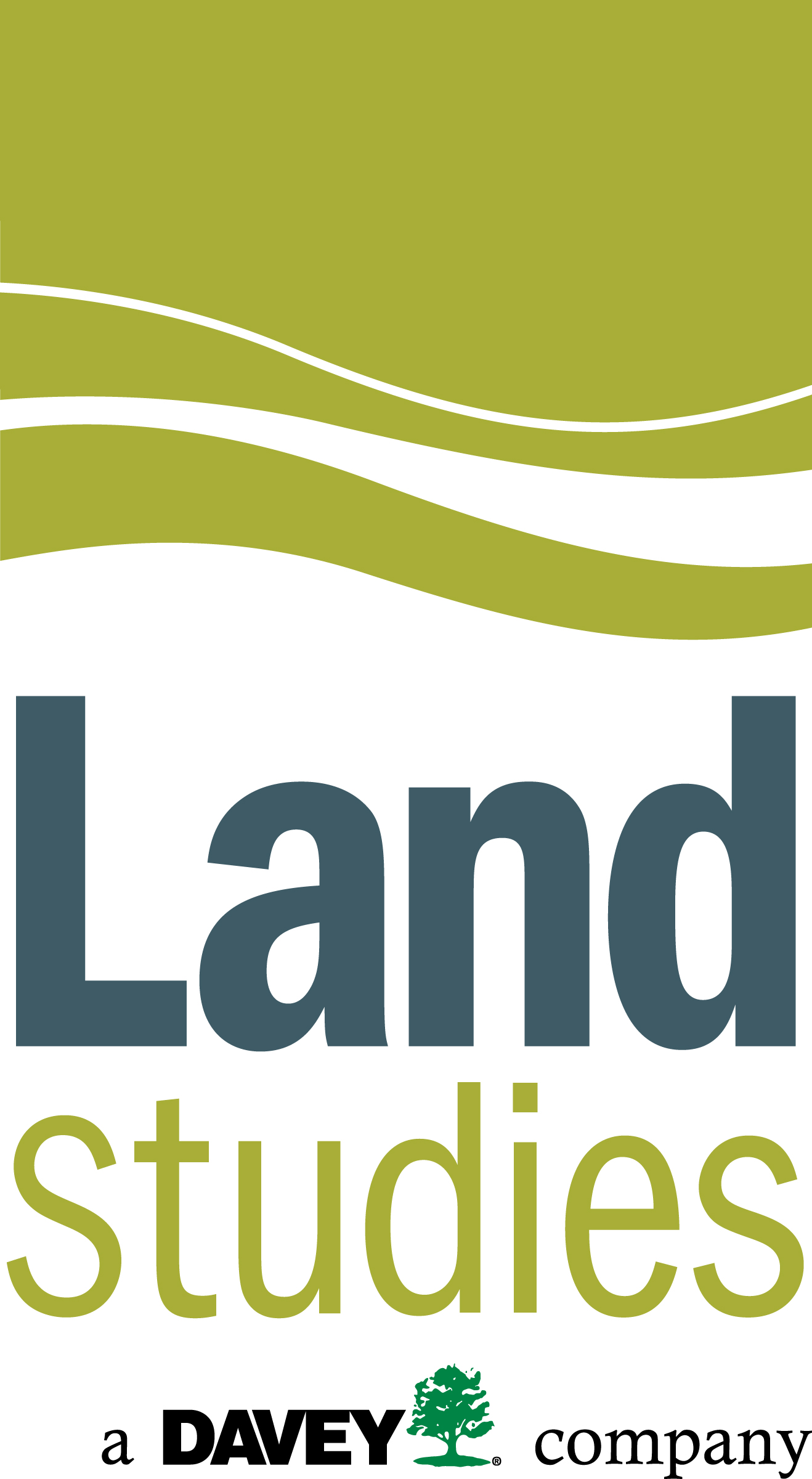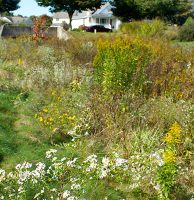
Weed and Pest Control that Considers the Environment as a Whole
What do you do when you want to control insect pests or weeds on a site but also want to be considerate of other plants and animals, as well as water quality concerns? You choose integrated pest management (IPM) or integrated vegetation management (IVM).
What is Integrated Pest Management?
Penn State Extension defines IPM as “a stepwise approach to pest management that combines accurate knowledge of the pest and level of potential harm with multiple tactics to prevent, reduce or eliminate pests.” Pests include insects, spiders, rodents, and other unwanted critters. IPM uses pesticides/insecticides usually only as a last resort. The control method is specifically targeted for the pest in question and applied in a manner that minimizes risks to human health, beneficial and nontarget organisms, and the environment.
The University of California has a helpful site that describes IPM in more detail. To summarize:
- IPM focuses on long-term prevention of pests or their damage by managing the ecosystem;
- With IPM, monitoring and correct pest identification help you decide whether management is needed; and
- IPM programs combine management approaches for greater effectiveness.
There are four basic management approaches to IPM:
- Biological control, which is the use of natural enemies (predators, parasites, pathogens, and competitors) to control pests and their damage.
- Cultural controls reduce pest establishment, reproduction, dispersal, and survival. For example, changing irrigation practices can reduce pest problems, since too much water can increase root disease and weeds.
- Mechanical and physical controls kill a pest directly, block pests out, or make the environment unsuitable for it. For example, the use of traps for mice is a mechanical control. The use of mulch to control weeds is a physical control.
- Chemical control is the use of pesticides, which under IPM is used only when needed and in combination with other approaches for more effective, long-term control. Chemical selection will take into consideration the impacts to air, soil, and water. Organic options may be considered. And the minimal amount possible will be used.
The University of California also lists six major components that are common to all IPM programs:
- Pest identification
- Monitoring and assessing pest numbers and damage
- Guidelines for when management action is needed
- Preventing pest problems
- Using a combination of biological, cultural, physical/mechanical and chemical management tools
- After action is taken, assessing the effect of pest management
What is Integrated Vegetation Management?
IVM is very similar to IPM, except that it focuses specifically on plants. Penn State Extension considers it a subset of IPM. They note that whether to control a plant depends upon the species, its abundance, and the landowner objectives. The EPA defines IVM as the practice of promoting desirable, stable, plant communities that will resist invasion by unwanted vegetation through the use of appropriate, environmentally-sound, and cost-effective control methods. These methods can include a combination of chemical, biological, cultural, mechanical, and/or manual treatments.
The following principles from Penn State Extension should be considered when using IVM:
- Preserving desirable plants is very important. They provide a service by occupying space that might otherwise support unwanted weeds and/or invasive plants.
- A responsible landowner/manager keeps weeds/invasive plants under control and prevents them from spreading onto adjacent properties.
Anyone that manages a landscape – whether it is a backyard, park, farm, forest, or office garden – can use the principles of IPM and IVM to control the unwanted pests without harming other plants, animals, people, and waterways. Plus the principles of IPM/IVM tend to save people money, as you use a specific and targeted control method, rather than a broad spectrum approach that may or may not work.


